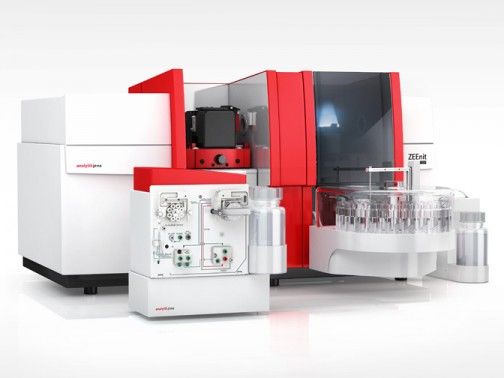AAS is an analytical procedure that determines gas-phase atom concentration in a given sample by testing the light absorption capability of the free ions. The sample is subjected to light of a specific wavelength.
Developments in science and technology are achieved with the sole aim of finding answers to age-old dilemmas that plague mankind. The invention of the Atomic Absorption Spectrophotometer based on the technique of atomic absorption spectroscopy or AAS is one such example that finds multiple uses in various industries. Recent advancements in this field coupled with the introduction of automated workstations have enhanced the reliability and efficiency of AAS.
Defining Atomic Absorption Spectroscopy
AAS is an analytical procedure that determines gas-phase atom concentration in a given sample by testing the light absorption capability of the free ions. The sample is subjected to light of a specific wavelength. Scientists then, track the amount of light the sample absorbs. This helps them to determine the element present within the sample and its concentration. AAS is today utilised in several industries like pharmacology, manufacturing, mining, archaeology, forensics etc.
Techniques of AAS
AAS studies how energy and light interact with elements but atomic absorption spectrometry deals with the methodology used to apply AAS in real-world practices. AAS can today track about 70 different elements in liquid and solid samples. However, both sold and liquid samples need to undergo vaporisation and atomisation as AAS requires its samples to be in a gaseous state. This can be achieved by either of the two processes:
- Flame atomisers: These are the oldest type of atomisers commonly used in AAS. In flame atomizers or FAAS, first, the sample is evaporated leaving behind its dry Nano-particles. These Nano-particles are further vaporised and converted into a gaseous state. The gaseous molecules are dissociated into ions such that they can be exposed to extremely high temperatures using a small flame. In this step, the sample is subjected to the radiation beam for the first time and the electromagnetic radiation absorbed is measured.
- Electro-thermal atomizers: Also referred to as the graphite furnace atomizers, these electro-thermal atomizers make use of graphite tubes instead of a flame to heat the sample. While the flame atomizer initially converts the sample to an aerosol that is subsequently mixed with flame gasses, the electro-thermal atomizers or ETAAS facilitate the direct analysis of solids, liquids and gaseous samples. However, in ETAAS the delivery of signals is discontinuous while FAAS enables continuous delivery of signals.
The problem of external interference is minimised in ETAAS. The scope of determining various elements pertaining to different matrixes is also quite huge in ETAAS.
Applications of AAS
Several different industries, industrial sectors and areas related to scientific study use the Atomic Absorption Spectrophotometer for a variety of purposes. Some of the important industries where the AAS is extensively used are:
- Agriculture and environmental sciences: AAS together with atomic fluorescence spectroscopy, a technique that studies lights emitted by a sample, are used in the analysis and identification of the potentially harmful elements present in nature.
AAS helps in soil sample analysis so that its effect on overall food production can be understood. For example, soils analysed with high quantities of Nitrogen and Phosphorous ensure healthy crops and higher yields. Additionally, AAS can be used for the detection of harmful elements like rhodium even if they occur in trace amounts.
- Forensics: AAS enables the in-depth analysis of evidence gathered from the crime scene like gunshot powder residue, tissues of brains and muscles, blood samples etc. It has also improved toxicology report accuracy thereby helping solve metal poisoning cases quickly.
AAS is a technology that keeps improving with advancements in science and technology. Its utility also keeps increasing. For example, AAS can also be used to determine whether mining would be a viable proposition in a particular area or whether there are any impurities present in pharmaceutical compounds etc. In the future, this technology is expected to increase its coverage thereby benefitting a lot more industries than it is doing now.





